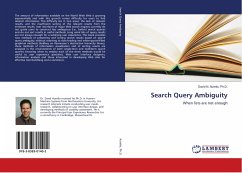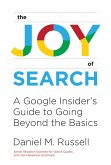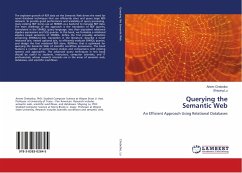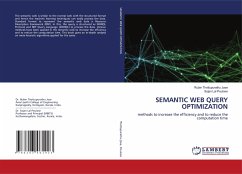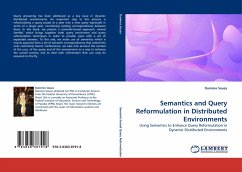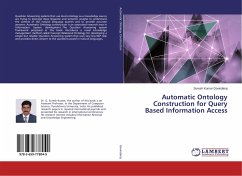The amount of information available on the World Wide Web is growing exponentially and with this growth comes difficulty for users to find desired information. This difficulty lies in two areas: the lack of relevant results, and the insufficient sorting of the relevant results from the irrelevant results. User interfaces of major Web search engines currently do not guide users to construct less ambiguous (i.e., better) search queries and do not sort results in useful methods. Long serial lists of query results are not always enough for a satisfying user experience. This book provides new methods of presenting and sorting search results based on search query ambiguity, without resorting to slow-loading and white-spaced-filled graphical methods. Building on Rasmussen's abstraction hierarchy theory, three methods of information visualization and of sorting results are analysed in the environments of both single-term and multiterm search queries. Knowing when to employ each of the three methods would be useful to user experience specialists, Web user interface designers, information analysts and those interested in developing Web sites for effective merchandising and e-commerce.
Bitte wählen Sie Ihr Anliegen aus.
Rechnungen
Retourenschein anfordern
Bestellstatus
Storno

